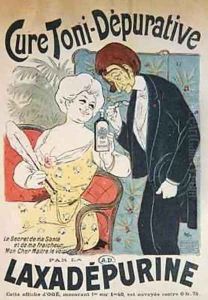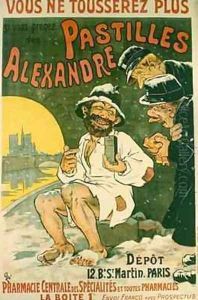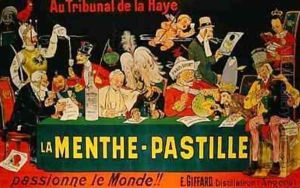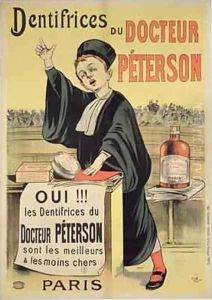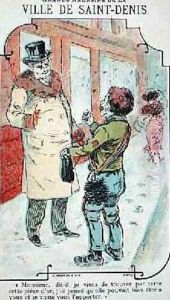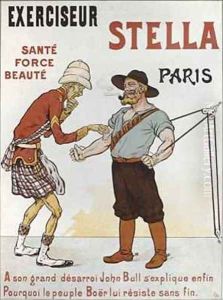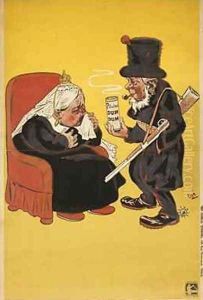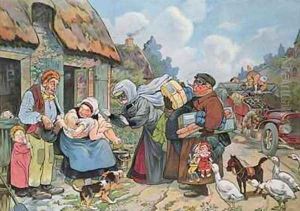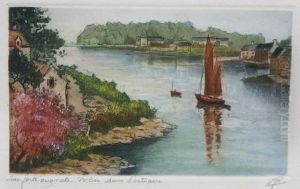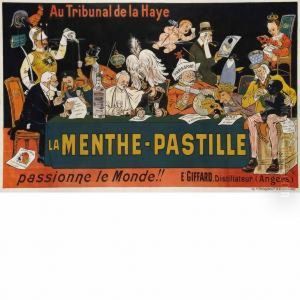Eugene Oge Paintings
Eugène Ogé was a French artist, notable for his contributions as a caricaturist and poster artist in the late 19th and early 20th centuries. Born on January 3, 1861, in Épernay, France, Ogé began his career as a decorator and painter but quickly gained recognition for his graphic work. He is best known for his humorous and satirical posters, which often featured vibrant colors and a distinctive style that combined caricature with realism.
Ogé's work frequently commented on social issues, politics, and the consumer culture of his time, reflecting the Belle Époque era's fascination with advertising and visual culture. His career as a commercial artist blossomed as he created advertisements for a wide range of products, including beverages, pharmaceuticals, and household goods. He often used his wit and artistic skill to create memorable and effective marketing campaigns.
In addition to his commercial success, Ogé was admired for his technical skill and innovative use of color lithography. He was part of the wave of poster artists that included Jules Chéret and Henri de Toulouse-Lautrec, who elevated the status of the poster from mere advertising to a respected form of art. Ogé's posters were not only promotional tools but also collected and appreciated as works of art in their own right.
Throughout his career, Ogé exhibited his work in various salons and galleries, and his posters were widely circulated, contributing to the visual landscape of Paris and beyond. Despite his success, Ogé's work is less well-known today than some of his contemporaries, yet he remains a significant figure in the history of graphic design and advertising art.
Eugène Ogé died on March 15, 1936, in Paris. His legacy lives on in the collection of his works held by institutions and in the enduring influence he had on the art of the poster. Ogé's contributions to the field of caricature and poster art continue to be studied and celebrated by enthusiasts of French art and history.
